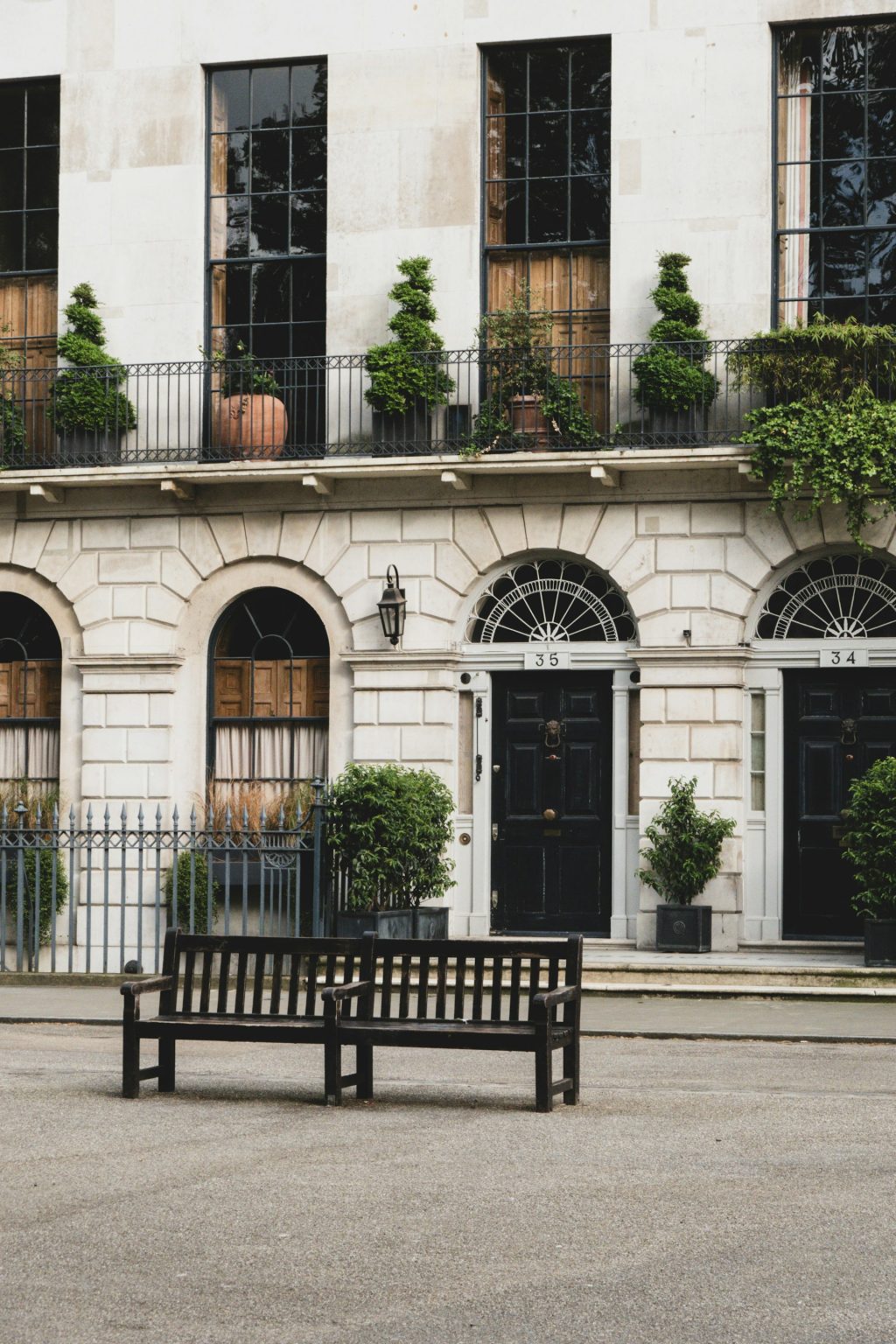It’s difficult to underestimate the importance of modern door numbers and the extent to which they make our routine easier. We see them literally everywhere — from public spaces, like hotels, hospitals, and campus buildings, to private houses and street blocks. It seems to us interesting to compare how door numbering has evolved over the last centuries since the date of its foundation. So let’s take a closer look at the key differences between modern door numbers and number plaques that were used centuries ago.
How and When First Door Numbers Appeared
Door numbering systems are not as modern as we might consider. It’s reported that the first-ever number signs were used in Paris in 1512. However, in the 16th century, door number schemes weren’t as widespread. Such plaques were seen only in Pont Notre-Dame as the means of distinguishing property ownership within the space.
It took two more centuries for door numbers to become widespread and become what we know them today. So, in 1708, in London, first door numbers were used to organize and distinguish houses in a residential area. What’s interesting is that back in the day, these London house numbers substituted door signs, which appeared earlier and were also used for residential area organization. However, door numbers appeared to be more effective.
What is Important about Modern Door Numbering
The idea of door numbering has heavily evolved over the last centuries. As a result, modern door numbers are used not only for organizational and administrative purposes. We’ll take a closer look at the purposes in the following abstract. Here we’re going to list some features that are now necessary for door signs to satisfy some exclusive tasks:
- Visibility: It has been already standardized that today’s door numbers have to be made in contrasting colors. This way digits themselves don’t blend with background surfaces and are able to ensure proper visibility for smooth navigation.
- Durability: Today’s door numbers are made of different materials. The use of different materials and manufacturing technologies ensures that signs will be durable and long-living.
- Style coherency and uniqueness: These days door numbers are used not only in private houses and apartment buildings. You can also see them in business offices and hotels. In those places, it’s necessary to make sure that every element elevates brand identity. That’s why door numbers should be designed to fit into the unique interior style.
Achieving all these important features is a challenging task. That is why we suggest addressing these issues to specialists who can fulfill personalized orders. Bsign is the best option among many.
The Tasks of Ancient and Modern Door Numbering
Back in the 18th century, door number signs had only one important task — they were used for administrative purposes. This means that local authorities marked houses with numbers to ensure proper organization of the residential area. Mainly, these schemes were applied to enhance the efficiency of mail service.
In the 21st century, however, we go beyond administrative purposes when it comes to using door numbers. Of course, they are still relevant as means of wayfinding for emergency and delivery services. However, what’s also important is that today door numbers are also used as interior signs to navigate visitors from one floor to another. We cannot also neglect the importance of door numbers as tools that ensure inclusivity in a public space. Finally, in many places, number plaques are used simply for decoration and building a unique style in the setting.



